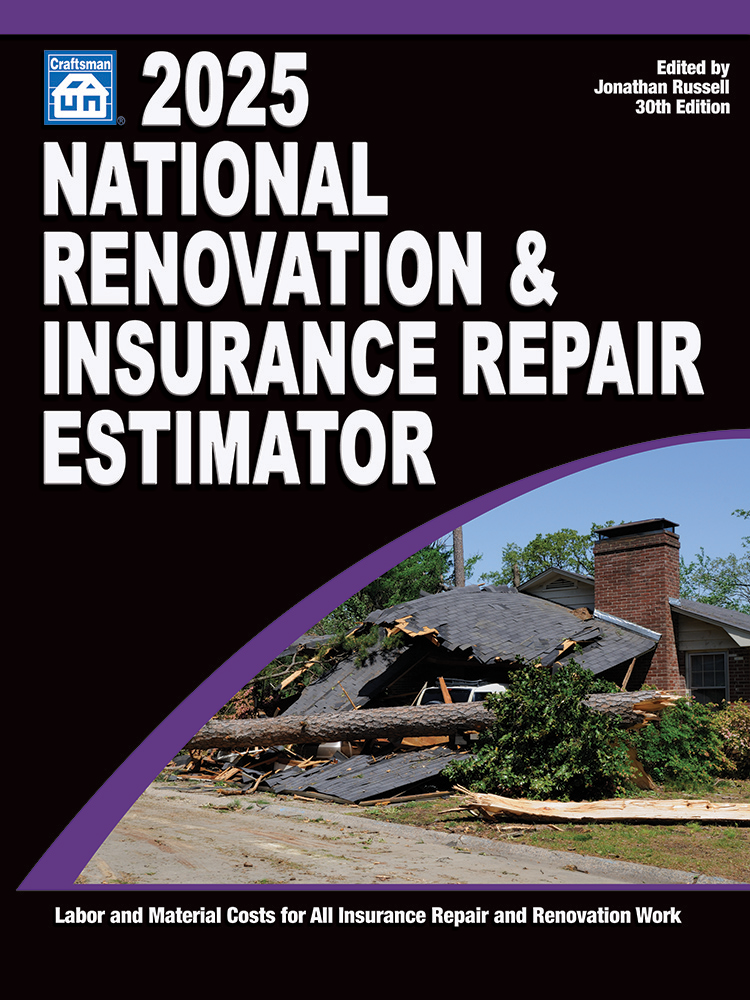Negotiating Strategies for Project Managers (WITH VIDEO!)
In disaster restoration, most negotiations occur between the contractor’s estimator or project manager and the insurance adjuster. The negotiation tends to be adversarial in nature, and generally ends with one of the parties feeling like they were cheated or taken advantage of. This occurs because both parties operate under the misconception that their counterpart is less than genuine with their motives for pricing. Contractors assume adjusters only care about saving the carrier money. Adjusters assume contractors only care about milking the loss for every penny and driving the price as high as possible. The reality could not be further from the truth.
Insurance companies are businesses. They operate to make a profit and maximize shareholder equity. However, the minimization of loss benefits is not the primary objective of the carrier and its adjuster representative. Policyholder retention is. Statistics show that very few policyholders submit property damage claims over the life of ownership. Consequently, when they do, the carrier has a vested interest in retaining that client by fulfilling its obligation in a manner that meets the expectations of the client. The real profit is only realized by the carrier through its long-term investment of the policy premium.
In consideration of these facts, the contractor needs to understand that an effective negotiation must result in a three-way win that meets the needs of the contractor, customer, and carrier. To accomplish this, we will explore some strategies proven to be effective in reaching this three-way win, as well as strengthening the carrier-contractor relationship and improving the management of the project.
Information Reigns
Every negotiation is governed by information, and the party with the correct information generally benefits more in the outcome. Restorers should have a distinct advantage in their arena because of the experience and trade knowledge they possess. The key to making it useful during negotiations is the application and presentation of the information. Speaking from experience, shoving the latest edition of the International Residential Building Code book in the face of the adjuster, or citing the IICRC S500 in the opening paragraph of an estimate, probably won’t yield the result you want it to.
Using a more tactful approach by educating your counterpart is much more effective. This strategy is used every day by successful salespeople. And, at the essence of most damage repair negotiations, that is exactly what you are doing—selling the counterpart on the scope and value that you intend to provide. However, it must be done in a non-threatening manner so your counterpart still retains his/her authority with regard to the role they play in the project.
Negotiate Scope NOT Price
The claims settlement process tends to be a negotiation surrounding price. However, most pricing differences can be traced back to a difference in scope. The scope is defined in the insurance policy as “like, kind, and quality…to a pre-loss condition…” Consequently, if all parties can agree on the scope it would be logical to assume that the price would be relatively close. Unfortunately, the overreliance on computerized estimating price guides forces both the carrier and contractor to haggle over unit cost prices without giving consideration to the total scope of the project.
Third party claims administrators and preferred vendor programs further complicate the situation by forcing contractors to adhere to specific estimating guidelines that create “allowable” line items and charges for work completed or proposed. This sets the stage for a battle of who can be smarter when using the estimating software, which often leads adjusters to use the Russian Front. So the negotiation ends with “we don’t pay for that.”
Contractors can minimize this pain by first inspecting a loss with the insurance adjuster and then reviewing a written scope of repair prior to pricing it. This is an opportunity for the contractor to identify any trade pricing that may need to be increased or decreased relative to the quality, quantity, or time constraints of the project and explain his/her position to the adjuster. This exercise also strengthens the relationship and eliminates surprises when a final estimate is submitted.
Ask Questions
The art of asking questions is perhaps the greatest key to winning a negotiation. All too often I observe contractors who, when presented with objections from their counterparts, immediately jump to defending their position. This puts them in a poor spot with a lack of understanding for how and why the objection exists. These objections can often be overcome by asking questions that force the counterpart to justify their position instead of offering reasons to the contrary.
This can be accomplished by asking a series of questions that lead the counterpart through the process of stating their opinion, justifying their position, explaining how they plan to implement, and clarifying the responsibilities of the parties involved. Utilizing this strategy involves practice to be successful. The use of role-playing and brainstorming exercises with your staff can be a great way to generate questions for a variety of scenarios.
Don’t Negotiate… Collaborate
The best way to win a negotiation is not to be in one. While completely avoiding a negotiation is not always possible, minimizing the opportunity is. This can be accomplished effectively by understanding the counterpart’s needs and motives. An insurance adjuster’s primary objectives are to settle the loss quickly, satisfy the client’s needs, and document the file with enough information to justify the check they are writing. If he/she can accomplish this, they keep their supervisor off their back.
Taking a collaborative approach, the contractor can help the adjuster accomplish these objectives by presenting a detailed estimate that is clear, concise, and informative. This involves producing a document that is so detailed any representative of the carrier can read it, understand it, and be able to justify writing a check—regardless of their prior knowledge of the claim. Anytime an adjuster has to call and ask a contractor why a line item is in an estimate, it means that line item should have been previously clarified via the use of a comment line in the original estimate.
Be Flexible and Have Options
Going into a negotiation with a rigid position is a recipe for disaster, and if you force the counterpart’s hand you will create an enemy. However, if you can persuade the counterpart to accept your point of view you will create an ally. This can only be accomplished by being flexible. Every negotiation must have some form of give and take from both sides. Exercising patience, discipline, and employing a quid pro quo tactic brings both parties closer to agreements by awarding small victories on multiple levels.
With this in mind, the contractor must be prepared with three options. Deemed the “triplicate of choice,” the counterpart is presented with the contractor’s best case, minimally acceptable, and compromise scenarios. Skilled negotiators will often present the best case multiple times to judge the position of the counterpart. If the counterpart balks they will then move to the compromise, rarely having to settle for the minimally acceptable. Developing these options requires advanced planning but is well worth it in the end.
Effective negotiation is a skill. Just like drying a building or deodorizing contents, it is learned over time and improved through research and application. To accomplish the objective of strengthening the working relationship between the insurance carrier, contractor, and customer the three-way win is a must. Utilizing these strategies can help accomplish that objective while ensuring longevity and success for the contractor in an industry where the symbiotic relationship of all parties is necessary for survival.
Looking for a reprint of this article?
From high-res PDFs to custom plaques, order your copy today!









